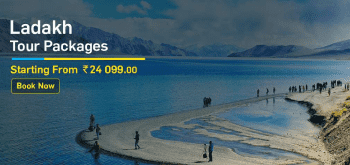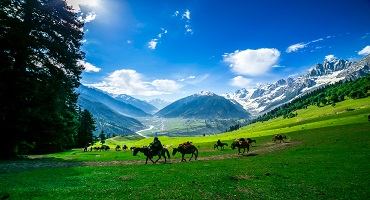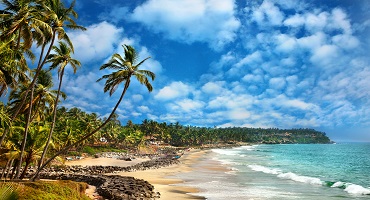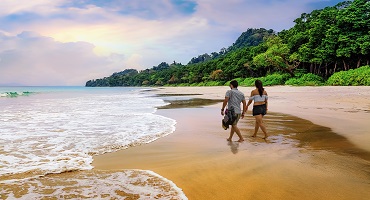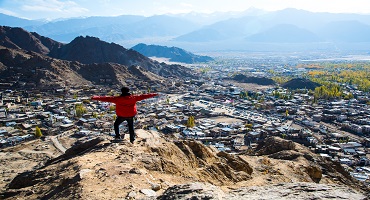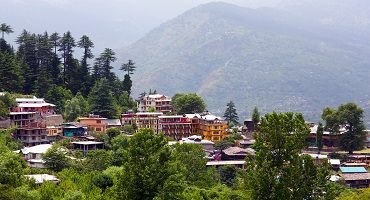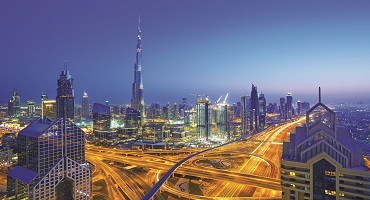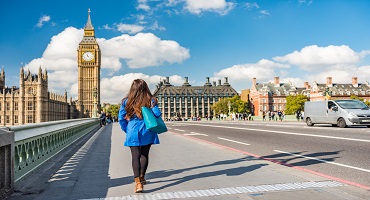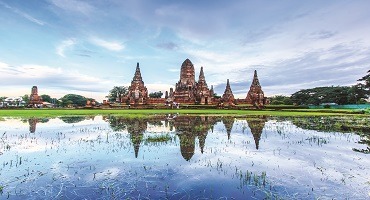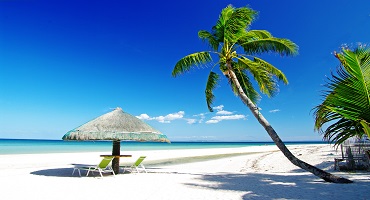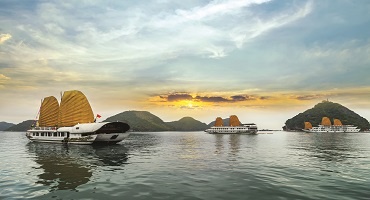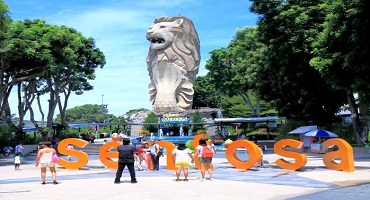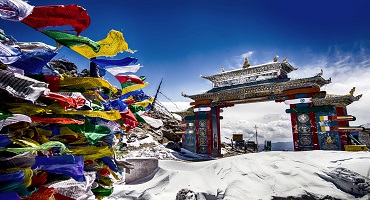Tripura – One of the seven sister hills of northeast India
Tripura is its tribes. Tripura is its temples. Tripura is its teeming hills. Tripura is its tantalising cuisine. Tripura trembles with history and culture. Tripura teaches its children. Tripura triumphs in cultivation. A state with tender tenacity. A state that is longing to be traversed. And if you haven’t realised this already, Tripura is your next trip!
| Tripura : A Quick View of the state |
| Capital |
Agartala |
| Official Language |
English, Bengali, and Kokborok |
| Dial Code |
Agartala - 0381 |
| Population |
4.07 million (as of 2018) |
| Currency |
Indian Rupee (INR) |
| Time Zone |
UTC+05:30 (IST) |
| Area |
10,491.69 square km |
Highlights of Tripura: Tremendous Tour
Temples
Jagannath Temple will remind you of Disney’s castle. A pearly-white constitution with candy coloured embellishments. A place of spirituality infused with the beats of magic. Dedicated to the incarnation of Lord Vishnu, this exquisite temple is an important site for many a pilgrim. Sundari Temple’s main shrine resembles a red velvet cake, while its adjoining structure is a wafer biscuit. Located in the ancient city of Udaipur, the shrine is considered to be among the 51 Shakti Peeths. For a holistic spiritual tour, why not visit Bhuvaneswari Temple, Kamalasagar Kali Temple, and Sri Laxminarayan Temple as well? Tripura has much to satiate your religious appetite.
Palaces
Floating in the centre of Rudrasagar Lake is Neermahal - an imposing façade of red and white. Built as a summer residence, by a former Tripuri King, this edifice symbolises Hindu and Muslim architectural styles at its best. Enjoy a little boat ride to the island, one of the many pleasures you will experience! Ujjayanta Palace gleams like vanilla ice-cream waiting to be devoured. Its magnificent white-capped dome constitution is a depiction of Neoclassical themes. You must take a look at the terracotta figurines, oil paintings, tribal ornaments, and musical instruments. Breathe in the opulence as you explore these glorious places, pretend that you are one of the Kings/Queens making the rounds. Experience, drink-in, enrich your minds!
Historical Sites
A historic Shiva pilgrimage site dating back to the 7th century – Unakoti bears witness to one crore Gods and Goddesses who stopped there whilst journeying to Kashi. Rock carved images and stone carvings will tell you a story. The 10m tall idol of Shiva and the trio of Ganeshas will leave you awestruck! Navigate carefully, as the pathway to the site is slippery. The Tripura State Tribal Museum leverages the power of interactive technology to transport visitors into the very heartland of indigenous tribal culture. From a video wall that portrays the arts and crafts, to dioramas that depict the geography – hills, plains, plateaus, to interactive kiosks and enthralling short films, this museum is nothing short of a 4-D blockbuster. What better way to explore colourful tribal history than stepping into a time machine itself?
Wildlife Sanctuaries
One doesn’t have to tread too far to experience the earthy-rugged excitement of nature’s spawn. Tripura is home to a number of wildlife sanctuaries. So put on your widest cap, apply some mosquito repellent, and grab those sunglasses! A trip to Sepahijala Wildlife Sanctuary will acquaint you with an enchanting woodland, a zoological garden, and the gorgeous clouded leopard. You can also glimpse the rhesus macaque, pig-tailed macaque, capped langur and spectacled langur. If you’d like, visit one of these parks – Trishna Wild Life, Rowa Wildlife Sanctuary, Gumti Wildlife Sanctuary.
Cuisine
Tripura’s cuisine is a beautiful explosion of flavours and textures. A gastronomical fiesta for your belly and your eyes! We recommend the following dishes to make you go ‘nom-nom’. Mui Borok is a dry fermented fish dish. Cooked with zero oil, it is a healthy man’s best friend. A little salty, a little spicy, and a little zesty. Try this quintessential Tripura dish. Panch Phoron Tarkari is a vegetarian’s delight. Cooked with brinjal, pumpkins and potatoes, it is in equal parts tasty and satisfying. Wahan Mosdeng is a delecable pork dish cooked with onion, coriander leaves and roasted green chilli. Make sure you order a plate of this!
Interesting facts about Tripura: Fact or Fable?
- Tripura connects to the rest of the country with just one highway – NH 44.
- Neermahal, in Agartala, is the only lake palace in North East India.
- Between the ages of 6 and 14, children in Tripura can avail of free education.
- Tripura Sundari Temple, built in 1501, is one of the 51 Shaktipeeth temples in India.
- 91% of Tripura’s cultivation is rice crops.
- Tripura’s oldest recorded name is Kirat Desh.
Location: Borders and Boundaries
Tripura is enclosed by the bounty of two states – Mizoram in the east, and Assam in the north east. Bangladesh cocoons it from the north, south, and west.
Click here to view Tripura on Google Map
Timings: Best time to visit
Like most north-eastern states, Tripura’s climate is humid throughout the year but cooler than mainland temperatures. Its summers race to 35 degrees in some parts while higher altitudes still remain cool. Its monsoons are triggered by the south-western winds, bringing with it flooding, overflowing rivers, and loss of connectivity. Hence, the most ideal time to visit this state would be during the winter. This season experiences little or no humidity and rain, while temperatures are cool. A note of caution. Tripura is in the high-risk zone for cyclones.
How to get to Tripura: Travel expedition
By Road
Should you choose to embark by road, you can opt from state and private bus services. Agartala is easily reachable from Silchar, Aizawl, Dwarband, Shillong, Imphal, and Guwahati.
By Rail
Agartala Railway Station, in the capital city, is well connected to important junctions in Guwahati, Siliguri, Jalpaiguri, Sealdah, and New Delhi. Furthermore, Kumarghat Railway Station offers direct trains to and from cities such as Kolkata, Indore, Delhi, Chennai and Bangalore.
By Air
Agartala airport has direct flights to and from cities such as Kolkata, Bangalore, Guwahati, and Imphal.
History: Kings of Kirat Desh
Fossil wood tools excavated from the valleys of Haora and Khowai suggest the existence of the Upper Palaeolithic period. The Mahabharata, The Puranas, and the Edicts of Ashoka, all mention Tripura. For centuries the state was ruled by the Tripuri Kingdom. This was followed by several Muslim invasions, and eventually the reign of the Mughal Empire. When the British invaded India, Tripura was established as a princely state. The Kings were relegated to the Tippera district during this time. Post-independence, Tippera district was incorporated into East Pakistan. In 1949, Tripura became state in India. In 1956 it became a union territory. Finally, in 1963 an elected ministry was installed.


